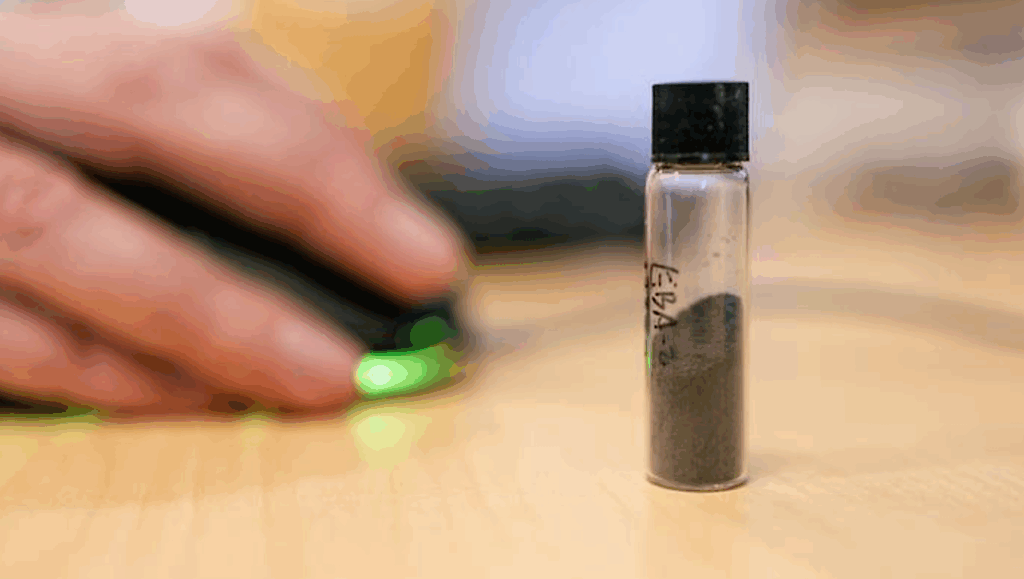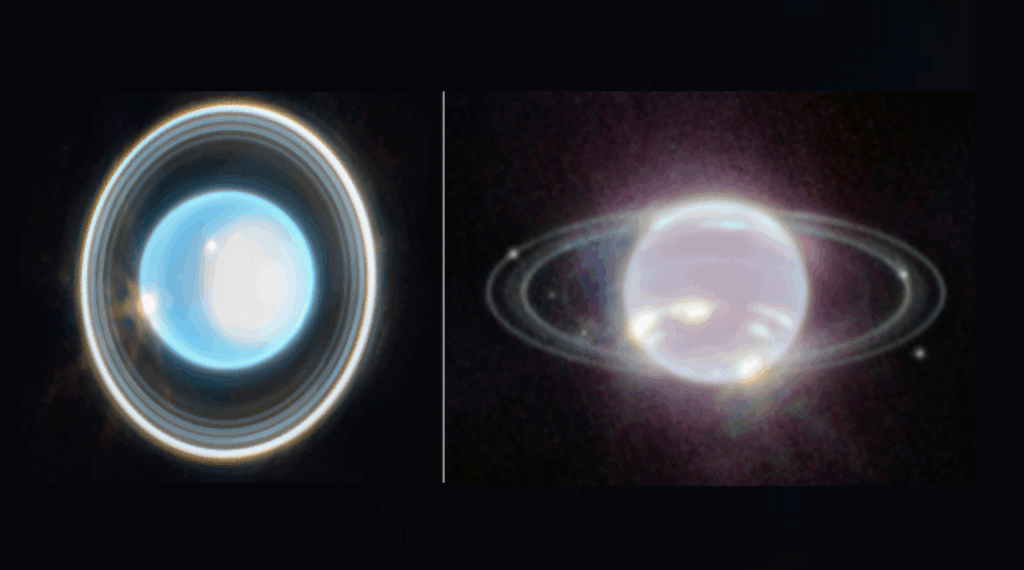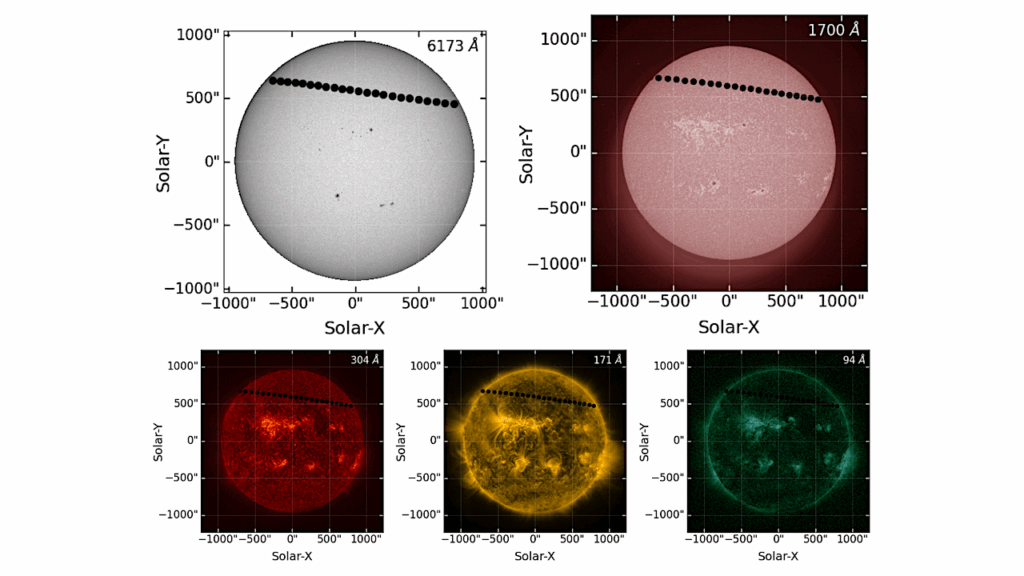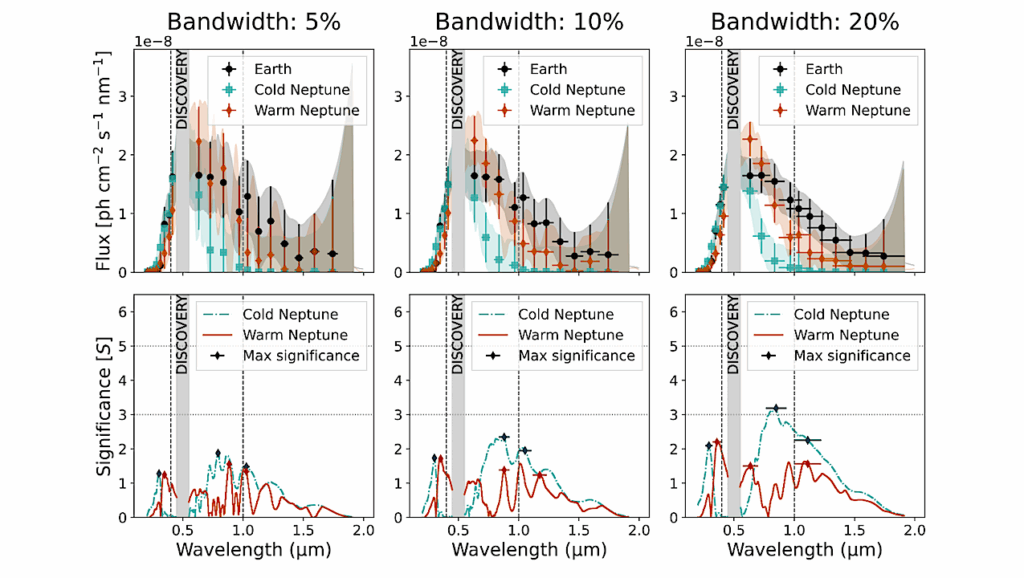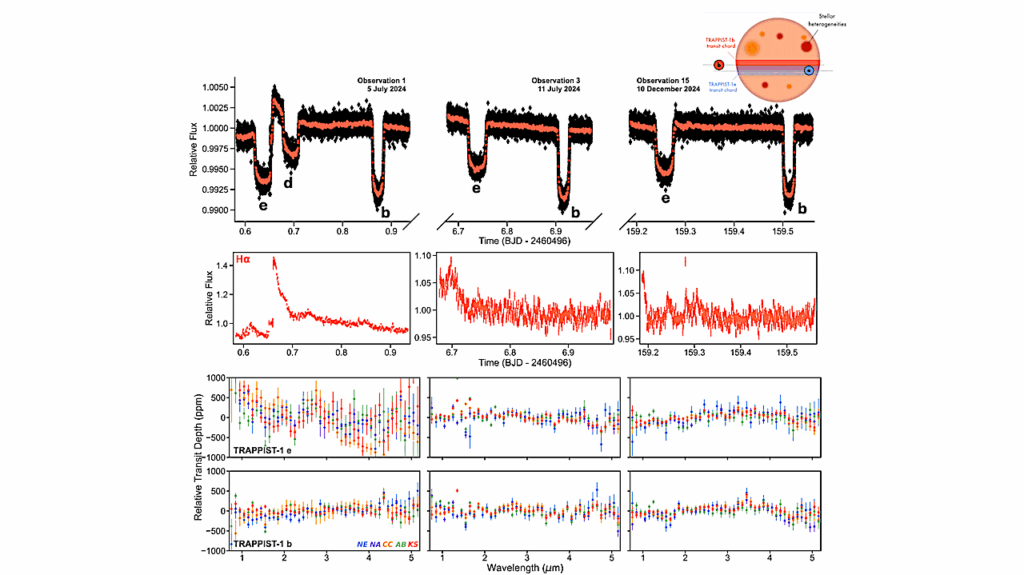Growth and Photosynthetic Efficiency of Microalgae and Plants with Different Levels of Complexity Exposed to a Simulated M-Dwarf Starlight

Oxygenic photosynthetic organisms (OPOs) are primary producers on Earth and generate surface and atmospheric biosignatures, making them ideal targets to search for life from remote on Earth-like exoplanets orbiting stars different from the Sun, such as M-dwarfs.
These stars emit very low light in the visible and most light in the far-red, an issue for OPOs, which mostly utilize visible light to photosynthesize and grow. After successfully testing procaryotic OPOs (cyanobacteria) under a simulated M-dwarf star spectrum (M7, 365–850 nm) generated through a custom-made lamp, we tested several eukaryotic OPOs: microalgae (Dixoniella giordanoi, Microchloropsis gaditana, Chromera velia, Chlorella vulgaris), a non-vascular plant (Physcomitrium patens), and a vascular plant (Arabidopsis thaliana).
We assessed their growth and photosynthetic efficiency under three light conditions: M7, solar (SOL) simulated spectra, and far-red light (FR). Microalgae grew similarly in SOL and M7, while the moss P. patens showed slower growth in M7 with respect to SOL. A. thaliana grew similarly in SOL and M7, showing traits typical of shade-avoidance syndrome. Overall, the synergistic effect of visible and far-red light, also known as the Emerson enhancing effect, could explain the growth in M7 for all organisms.
These results lead to reconsidering the possibility and capability of the growth of OPOs and are promising for finding biosignatures on exoplanets orbiting the habitable zone of distant stars.
Mariano Battistuzzi, Lorenzo Cocola, Elisabetta Liistro, Riccardo Claudi, Luca Poletto and Nicoletta La Rocca
Life 2023, 13(8), 1641; DOI: 10.3390/life13081641
Growth and Photosynthetic Efficiency of Microalgae and Plants with Different Levels of Complexity Exposed to a Simulated M-Dwarf Starlight, Life (open access)
Astrobiology


